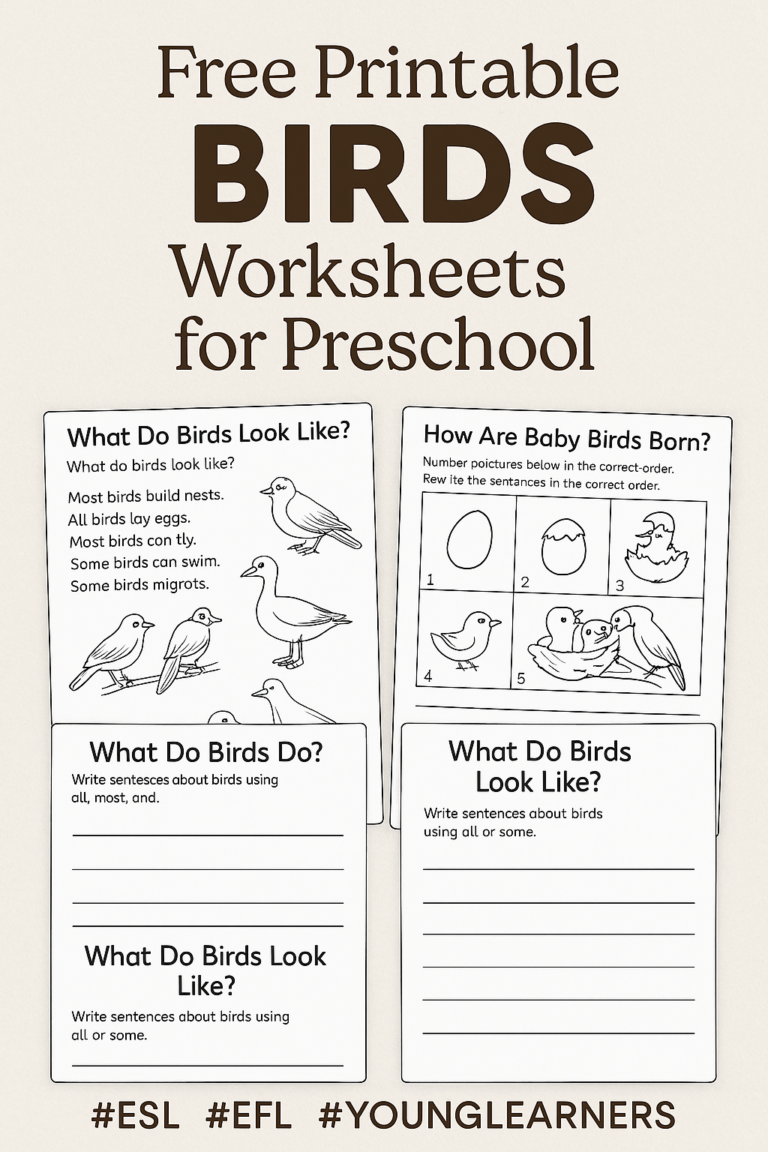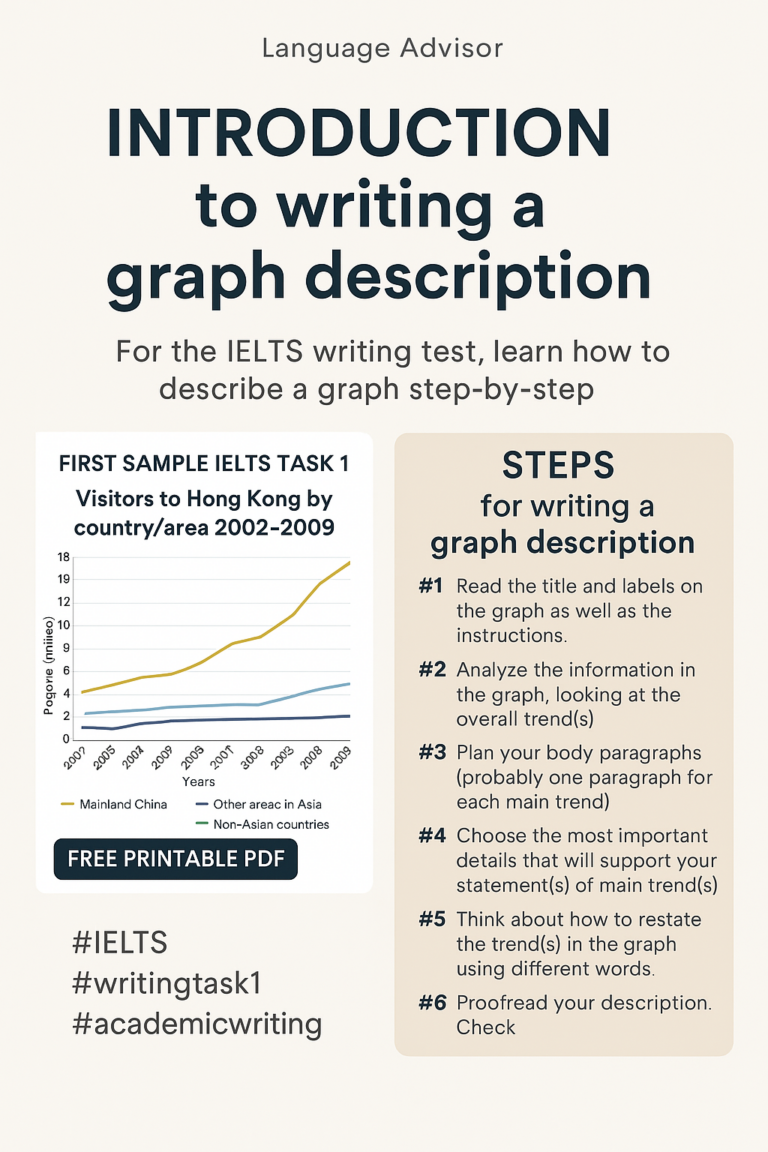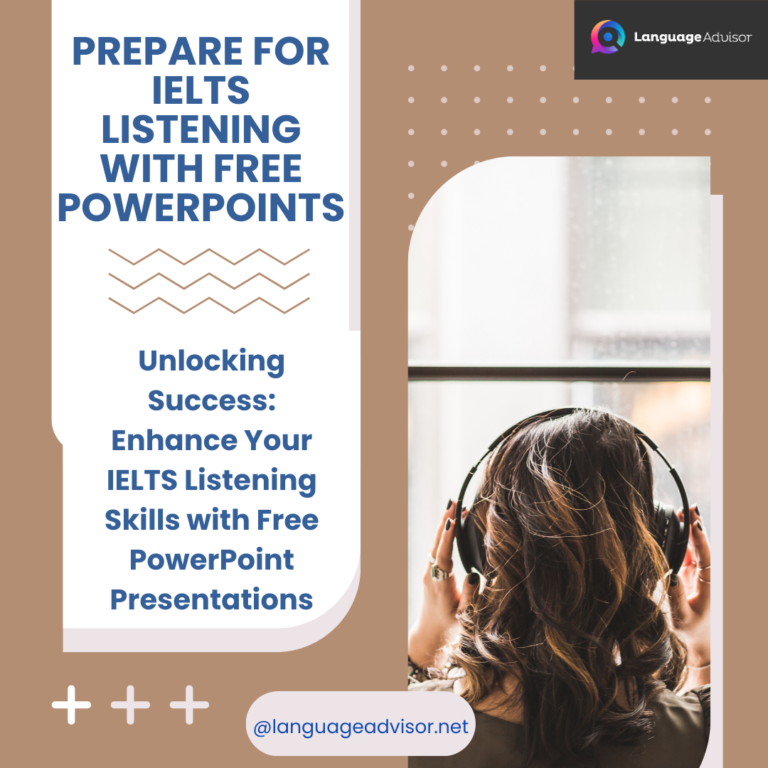IELTS Videos for Speaking. Elevate Your Speaking Skills with IELTS Videos: Effective Practice for Success
IELTS Videos for Speaking

The IELTS Speaking test is a crucial component of the IELTS exam, evaluating your ability to communicate effectively in English. To excel in this section, it’s essential to practice speaking regularly and understand what examiners look for. These videos can be a valuable resource for improving your speaking skills, providing insights, sample questions, and strategies. In this blog post, we will explore how these videos can help you prepare for the Speaking test, offer tips on effective practice, and recommend specific video resources.
Understanding the IELTS Speaking Test Format
The IELTS Speaking test consists of three parts and lasts between 11 to 14 minutes:
- Part 1: Introduction and Interview – The examiner asks you general questions about yourself and familiar topics like your home, family, work, studies, and interests.
- Part 2: Individual Long Turn – You are given a task card with a topic and have one minute to prepare. You then speak for one to two minutes on the topic.
- Part 3: Two-Way Discussion – The examiner asks further questions related to the Part 2 topic, discussing more abstract ideas and issues.
Benefits of Using Videos for Speaking Practice
Using videos for IELTS Speaking practice offers several advantages:
- Real-Life Scenarios: Videos provide real-life examples of the Speaking test, helping you understand the format and expectations.
- Visual and Auditory Learning: Videos allow you to see and hear how native and non-native speakers handle various speaking tasks.
- Expert Feedback: Many videos feature expert tips and feedback on how to improve your speaking performance.

Recommended IELTS Speaking Practice Videos
Here are some recommended types of videos and specific resources to help you prepare for the IELTS Speaking test:
1. Test Format and Overview:
- Example Videos: Watch videos that provide an overview of the IELTS Speaking test format and what to expect in each part.
- Recommended Resource: IELTS Liz – Offers detailed videos explaining each part of the Speaking test with practical tips.
2. Sample Speaking Tests:
- Example Videos: Find videos featuring full-length sample speaking tests with candidates and examiners.
- Recommended Resource: IELTS Official YouTube Channel – Provides official sample speaking tests with feedback from examiners.
3. Speaking Tips and Strategies:
- Example Videos: Look for videos that discuss strategies for answering different types of questions and common mistakes to avoid.
- Recommended Resource: E2 IELTS – Offers comprehensive tips and strategies for improving your speaking skills.
4. Real-Life Practice Examples:
- Example Videos: Watch videos of real candidates answering IELTS Speaking questions to see various approaches and levels of performance.
- Recommended Resource: AcademicEnglishHelp – Features real IELTS Speaking tests with detailed analysis and feedback.

How to Use IELTS Videos Effectively
To make the most of IELTS videos for Speaking practice, follow these tips:
- Active Participation: Pause the video and practice answering the questions yourself before listening to the sample responses.
- Mimic and Shadow: Try to mimic the pronunciation, intonation, and fluency of the speakers in the videos. Shadowing can help improve your speaking skills.
- Record Yourself: Record your responses and compare them to the sample answers. Identify areas for improvement.
- Note-Taking: Take notes on useful phrases, vocabulary, and strategies mentioned in the videos.
- Practice Regularly: Consistent practice is key. Incorporate speaking practice into your daily routine.

Sample IELTS Speaking Practice Video
To get you started, here is a sample IELTS Speaking practice video:
General Tips
Test Samples

Incorporating IELTS videos into your speaking practice routine can significantly enhance your ability to communicate effectively in English during the test. By utilizing the recommended resources and following effective practice strategies, you can improve your speaking skills and increase your chances of achieving a high band score in the IELTS Speaking test. Remember to practice regularly, engage with a variety of content, and seek feedback. Good luck with your preparation!

Also check out these resources to successfully prepare for IELTS












